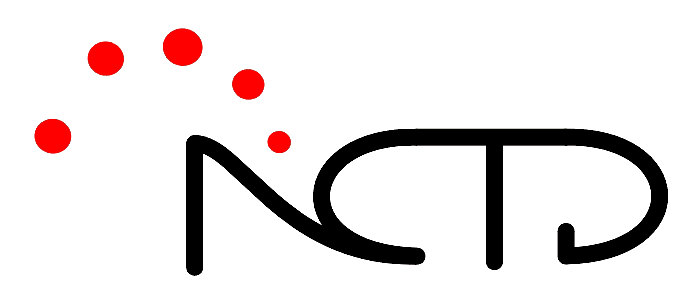
Making Tactile Graphics
The design and production of tactile graphics is a skilled process. There are various organisations including the NCTD who provide a design and production process, if you do wish to create your own tactile graphics we strongly recommend you seek advice and where possible attend a training course. There are basic principles of tactile graphic design which can be applied to any method of production, and without condiseration to these principles the graphics produced are typically unusable.
The details contained within this section of the site are intended to provide an overview of each method of tactile graphic production. Please use this information as a starting point, but do not treat this site as the definitive guide to tactile graphic design an production.
There are many methods of producing tactile graphics, some of which apply themselves to certain types of graphics better than others. More importantly the person for whom the graphics are intended will often have a preference, and this should be established where possible.
If you have not already done so, you may wish to view information on When Tactile Graphics are Useful, and What Tactile Graphics are Not.
Diagram Types
-
Commercial processes: eg screen-printing, signs
-
Craft: model making; smelly vision; tactile colour
-
Embossed: (designed on computer then printed on a braille embosser)
-
Free-hand: Heat Pen; German Film; Foil
-
Swell-Paper / Microcapsule / Minolta (heat-sensitive paper)
-
Tactile-Audio (designed on and used with computer and touch tablet)
-
Thermoform / Vacuum-formed (collage master copied)